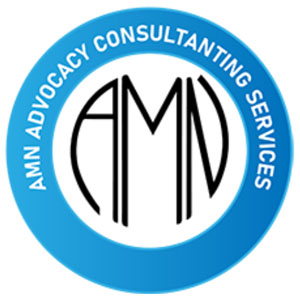Sickle Cell Discovery.
THE DISCOVERY OF SICKLE CELL DISEASE.
February is black history month and to celebrate different history in the black community, we share a brief view of the discovery of Sickle Cell disease which affects a lot of people around the world especially people of African descendants.
1910 is regarded as the date when Sickle cell disease was discovered. Sickle cell Disease often abbreviation as SCD is a group of blood disorders inherited from both parents who carry the sickle cell trait. The most common being sickle cell anemia, it results in an abnormality in the oxygen-carrying protein haemoglobin found in the red blood cells. This makes leads to them being rigid which makes it difficult for them to move. Problems in sickle cell disease typically begin around 5 to 6 months of age and signs and symptoms include painful episodes of pain known as sickle cell crisis, anemia, swelling of the hands and feet, bacterial infections, stroke and many more.
Through studies, it is believed that Sickle cell disease had been present in Africa for thousands of years and had been known by different names in many ethnic languages but the first discovery of it was not in Africa but in the United States of America by Dr. James B. Herrick with his resident Dr. Ernest Irons through a young man named Walter Clement Noel from Island of Grenada studying dental in Chicago, Walter went to Doctor James with complaints of pain episodes and symptoms of anemia, doctor James being a cardiologist was not interested in Noel’s case so he assigned him to resident doctor Ernest who examined Noel’s blood which he described as “having a shape of a Sickle” when Doctor James saw this, he became interested as he thought it might be new, unknown disease so he published it in one of his medical journals in which he described the term as “Sickled Shaped Cells.”
Doctor James Herrick.
As new cases of sickle cell begun to surface the mystery of it deepened, more research were done by different scholars and the late 1940’s and early 1950’s the nature of the disease began to become clearer. As the medical systems and technology advanced, better ways of treating sickle cell warriors and potential treatments such as the bone marrow transplant, hydroxyurea and many more appeared which resulted in the improvement of the lifespan of sickle cell patients. Awareness and genetic counseling were introduced to inform people of the possibilities of having children with sickle cell disease if both carried the trait. Today doctors, scientists, warriors, advocates and caregivers continue to move forward in understanding the nature of sickle cell disease, new treatments and change the narrative of sickle cell by fighting the myths and misconceptions of it.
Reference.
http://huhealthcare.com/healthcare/hospital/specialty-services/sickle-cell-disease-center/disease-information/breif-histor
